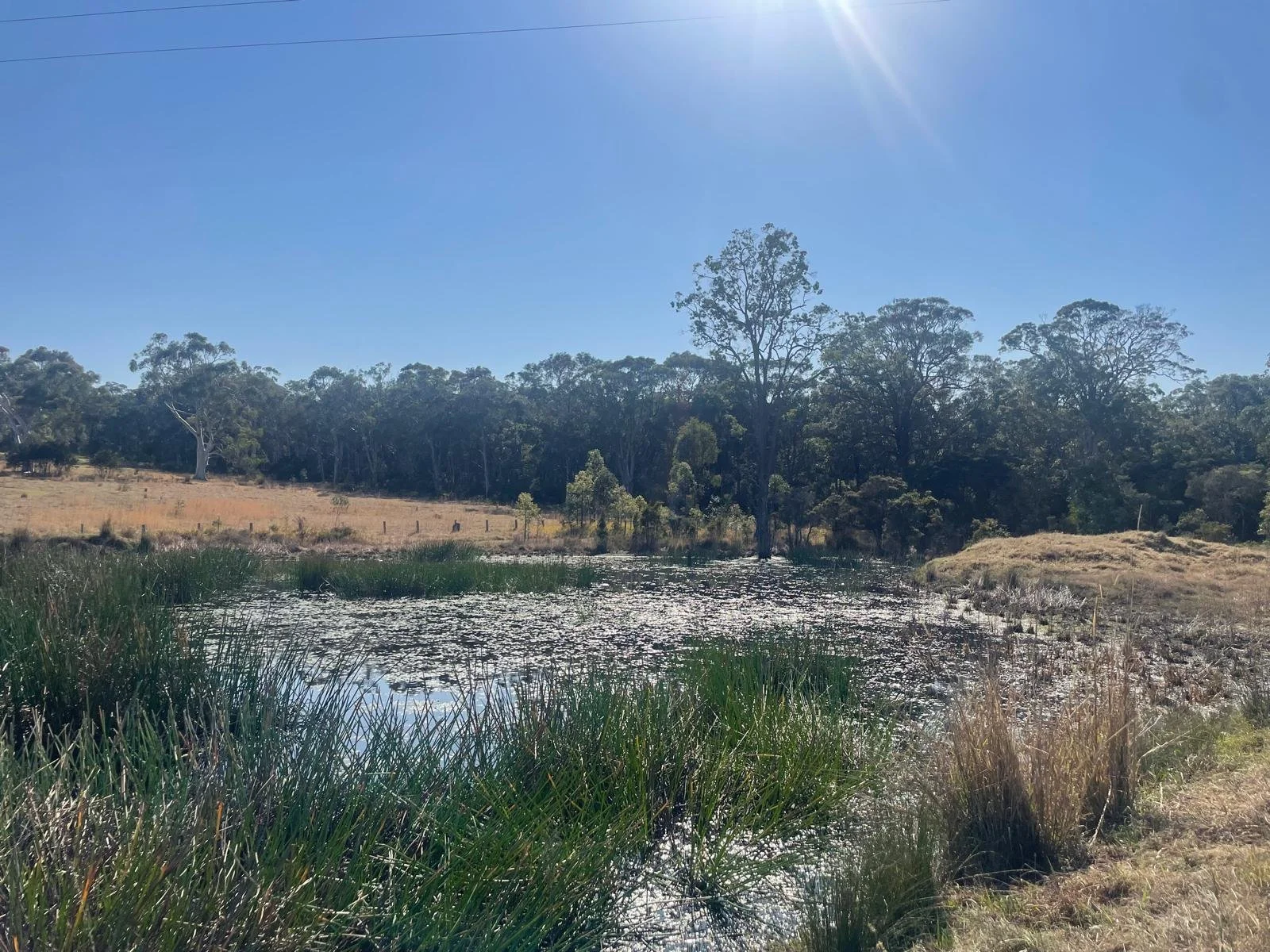Beyond carbon: The additional benefits of sequestration projects
Exploring the future of carbon and biodiversity markets for landowners
Carbon projects are principally associated with the removal of the main greenhouse gas, carbon dioxide (CO₂), from the atmosphere, and its subsequent long-term storage. But there are many other potential environmental benefits to these initiatives.
These include improving ecosystems, increasing biodiversity and supporting farming productivity.
Soil health benefits: a key to sustainable land management
Carbon sequestration projects focused on soil health work in two key ways: restoring the balance of essential elements in the soil, and improving its structure. Healthier soils have better crop yields, improved resistance to dry spells, and a reduced need for chemical fertilisers and pesticides.
Soil health projects are especially important for farmers looking to cut costs, while making their land more sustainable. But the benefits go beyond agriculture.
Healthier soils support a diverse range of micro-organisms, contributing to greater biodiversity and overall ecosystem health. The ability to store carbon at the same time as improving soil quality, is doubly positive for the environment.
Reforestation: restoring ecosystems and supporting biodiversity
Tree planting is a classic method of carbon sequestration that comes with many additional benefits. Not only do trees capture carbon, but they also help restore habitats for wildlife, support biodiversity and improve air and water quality.
As trees grow, they form a natural buffer against extreme weather, making the landscape more able to withstand storms and other challenges. They also reduce soil erosion, which coupled with less run-off, helps improve water quality. Another benefit is providing shade for livestock, which helps their comfort and wellbeing.
Overall, reforestation restores land that has become less productive, bringing it back to life as a healthy and functioning ecosystem.
Nature repair market: new funding streams for ecosystem restoration
The Nature Repair Market is a significant development in Australia’s environmental landscape, offering new funding streams for ecosystem restoration. This market aims to create a framework for purchasing biodiversity credits, encouraging businesses and landowners to invest in the restoration of natural environments.
It raises the exciting possibility for landowners of being able to get multiple income streams from same land management project. For example, a reforestation project which involved planting native species, could gain not just a carbon sequestration credit, but also a biodiversity restoration credit.
This approach would not only contribute to reducing carbon emissions but also support wildlife populations and promote ecosystem health. It’s important to remember that to get carbon or biodiversity credits, projects must achieve quantifiable improvements from the existing situation.
Maximising the impact of carbon projects for long term success
While carbon sequestration projects are important for combating climate change, their environmental benefits extend far beyond just carbon storage. By integrating practices that improve soil health and biodiversity, landowners can increase productivity, restore ecosystems and create more robust landscapes.
The emerging Nature Repair Market offers an exciting opportunity to connect carbon and biodiversity credits, potentially increasing both landowner profitability and environmental sustainability.
Want to know more?
Understanding the carbon credit market: Part one: gives an overview of the buyers and key trends driving demand for carbon credits.
Understanding the carbon credit market: Part two: introduces the benefits landowners can get from the carbon market.
Want to know what potential your land has in the carbon market?
Download your free report: tailored for your property address
Access our carbon insights and tools at no cost
Analytics Dashboard: Get an aggregated view of ACCU projects, proponents and market insights.
Gain instant oversight and deeper understanding of the Australian ACCU Carbon project landscape. Our Analytics Dashboard is an interactive tool, delivering aggregated data, key statistics and powerful insights across ACCU prices, proponent activities, method types and more.
Project Explorer: Uncover the geographic distribution of Australian ACCU Carbon projects
This interactive dashboard mapping interface lets you effortlessly explore ACCU projects across Australia. It’s a comprehensive and intuitive tool for visualising, analysing and understanding ACCU projects by geographical location. Easily search for registered projects or use custom filters to drill down by region.


